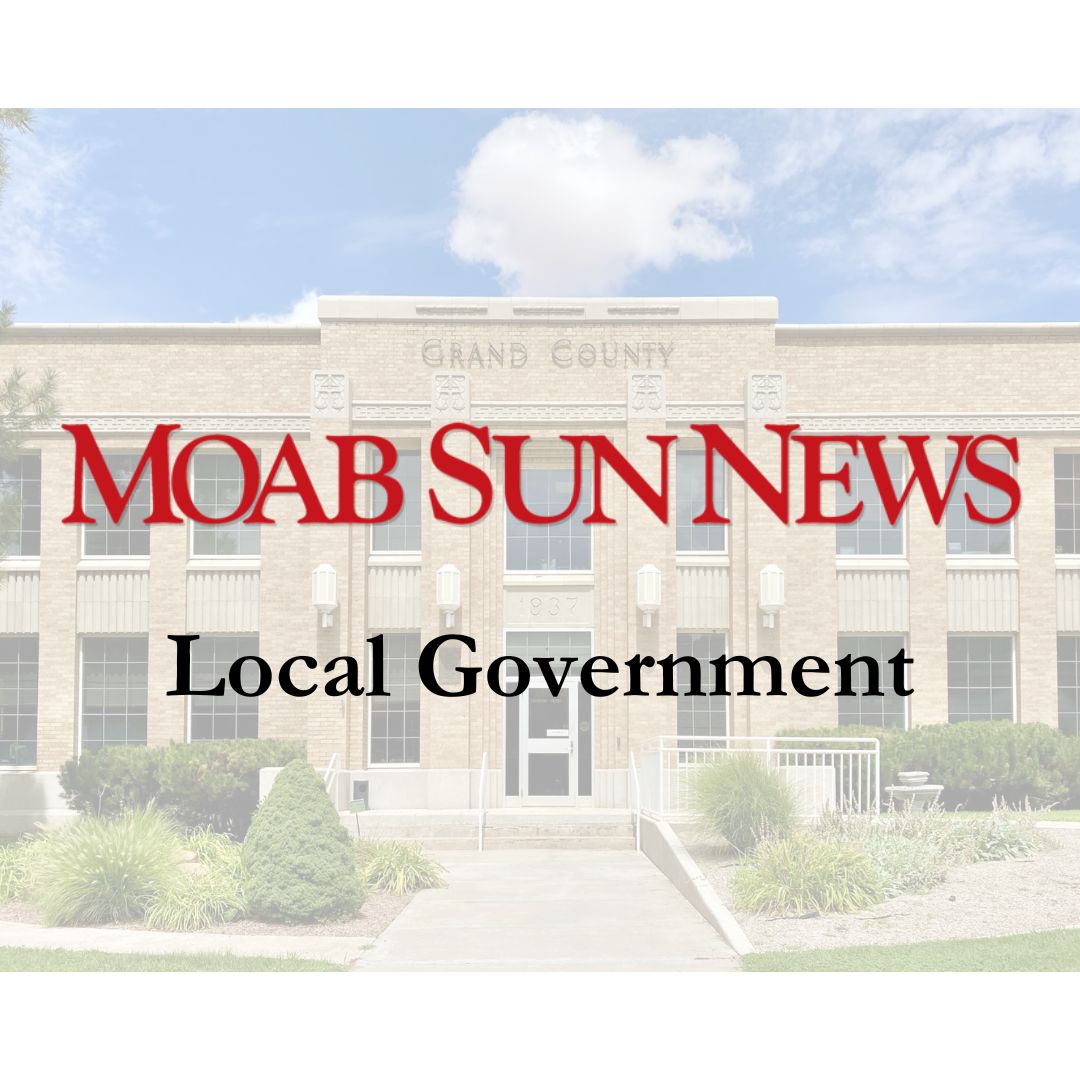At a special city council meeting on Sept. 28, the council focused on sustainability: they heard a presentation from Erik Snyder, CEO of the Drawdown Fund; discussed sending a letter of support for adding electric-ready amendments to the building code; and approved a streetlight conversion project that will update 419 streetlight heads with Dark Sky compliant LED lights.
Drawdown Fund
The Drawdown Fund is a “growth equity fund that invests in catalytic businesses that generate attractive returns for all stakeholders,” according to its website. Snyder is the CEO and co-founder of the fund—the other co-founder is Paul Hawkin, author of the book, “Drawdown: The Most Comprehensive Plan Ever Proposed to Reverse Global Warming.”
Snyder asked three things of the council: first, to band together to find a solution for climate change; second, to invest in climate solutions; and third, to “meet people where they are,” meaning that he wanted the council to work with people no matter what they thought of climate change.
He added that he wanted to be of assistance to the council as they “think through sustainable solutions in your community,” he said, encouraging council members to ask questions.
Council members asked various questions and discussed ideas for sustainability solutions with Snyder—Councilmember Kalen Jones brought up food waste, and Councilmember Rani Derasary asked what other communities are doing that could be transferable to Moab.
“As a visitor to our community, what do you see as an asset or potential?” Councilmember Karen Guzman-Newton asked. Snyder said the landscape is beautiful, and he would be most concerned about what the changing climate will do to the natural beauty of Moab, and how impacts of tourism could exacerbate that.
“We want to be a sustainable city, but these projects cost money,” said Emily Niehaus, the mayor. She asked what Snyder’s ideas are for finding funds—he could only hypothesize, he said, but suggested using bond issuances and taxes. The Moab City Council recently rejected the implementation of a property tax, and the City of Moab currently has one of the highest sales tax rates in the state.
Niehaus brought up the city’s plastic bag ban, which was challenged by the state legislature, and asked what could give the city the biggest “bang for our buck”—the plastic bag ban, she said, ultimately made the council question if the sustainability benefits were worth the capital.
Snyder suggested looking for community-based solutions that have low costs, such as composting or finding a way for tourists to “opt in” to a sustainability tax.
Ultimately, Snyder said, Moab has the opportunity to play an important role in the southeast Utah region to be a sustainability example for nearby communities.
Electric-Ready Building Code
Salt Lake City and the Utah Clean Cities Coalition, a nonprofit based out of Salt Lake City with a mission to adopt practices to reduce petroleum in transportation, are soliciting support to amend the Utah Residential 2021 International Energy Conservation Code to include “electric-ready provisions” in new buildings. Mila Dunbar-Irwin, the city’s sustainability director, presented a letter of support for approval.
The adoption would require all new buildings to have wiring and plugs for major electric appliances and electric vehicles, though it doesn’t specify which appliances, which allows for homeowners to choose. The average cost for installation has been estimated at $1000, with retrofitting being much more expensive—Dunbar-Irwin pointed out that electric vehicles save owners $85 a month on average, so the $1000 would be paid off in about a year.
The City of Moab has also made a commitment to have 100% renewable energy by 2030, so building houses with electric-ready wiring would advance that goal.
The letter of support was approved by the council 4-0—councilmember Tawny Knuteson-Boyd was not present at the meeting.
Dark Sky Compliant Lighting
In August 2019, the Moab City Council passed an ordinance that established new lighting standards to minimize light pollution to enhance the nighttime visual environment, now known as the “dark sky ordinance.” Rocky Mountain Power proposed a streetlight conversion project which would replace 419 high-pressure sodium streetlight heads in the city with Dark Sky compliant LED cobra heads.
Mila Dunbar-Irwin presented the project to the council. There are six levels of light the new LED streetlight heads could have. Dunbar-Irwin suggested using level 1, the lowest level with less than 3,500 lumens, for residential areas, and level 4, with 4,000 to 12,000 lumens, for the highway. Councilmembers suggested using higher levels for popular intersections as well.
Moab currently has a “major hodgepodge” of lights, Dunbar-Irwin said. The new lights would have “true color,” meaning you’ll be able to see colors under the new lights, as opposed to the orange haze under the current lights. That will give the impression of the new lights being brighter, Dunbar-Irwin said.
“It will feel like an increase in light, but it will actually be an increase in functional light,” she said.
In residential areas, if the lights are too bright, residents would be able to request light shields.
Councilmembers discussed which level of LED light to pick for which areas. Dunbar-Irwin pointed out that the biggest difference will be the change from high-pressure sodium to LED, not necessarily the level of LED.
The project is estimated to cost $92,701.49. The savings from switching to LED lighting is estimated at $30,783.96 per year, meaning the project would pay for itself within three years.
“I’m enthusiastic,” councilmember Kalen Jones said of the project.
The motion to approve the project passed, 4-0.
Dunbar-Irwin will return to the council with example lights and the project contract from Rocky Mountain Power.
The Moab City Council meets on the second and fourth Tuesday of every month at 7 p.m. Meetings are streamed online at the Moab City Youtube channel. Schedules, agendas and opportunities for public comment can be found at www.moabcity.org



